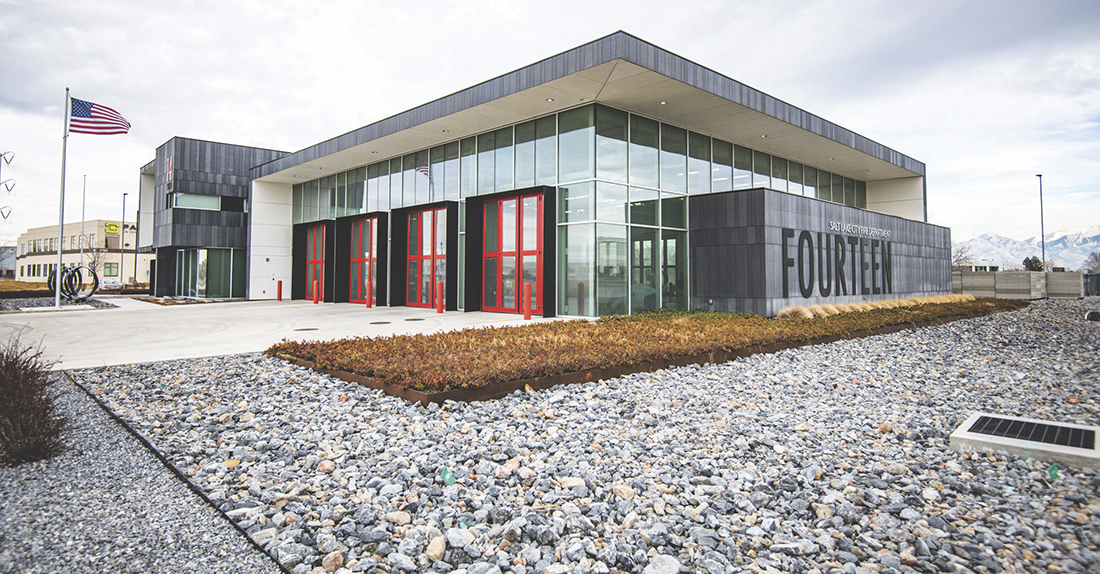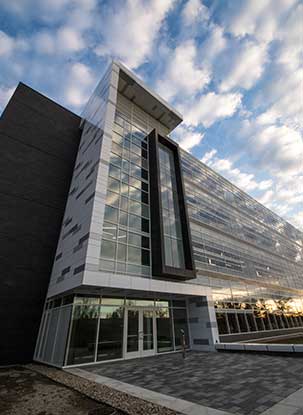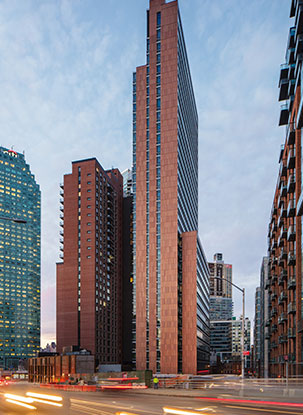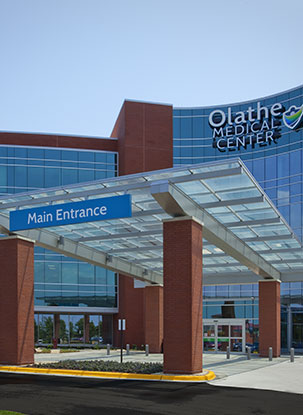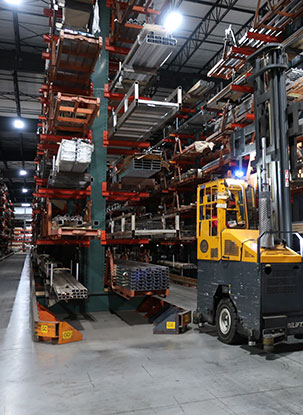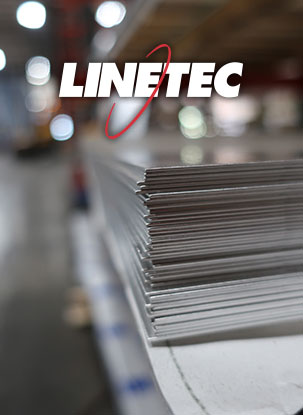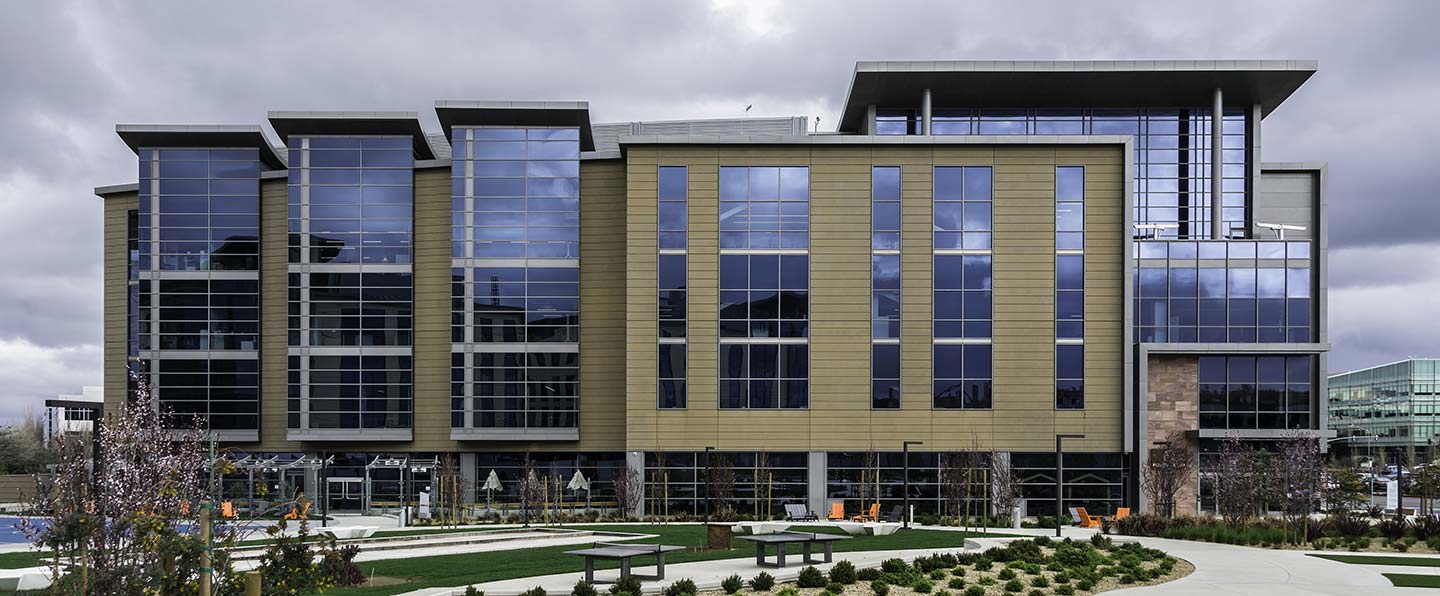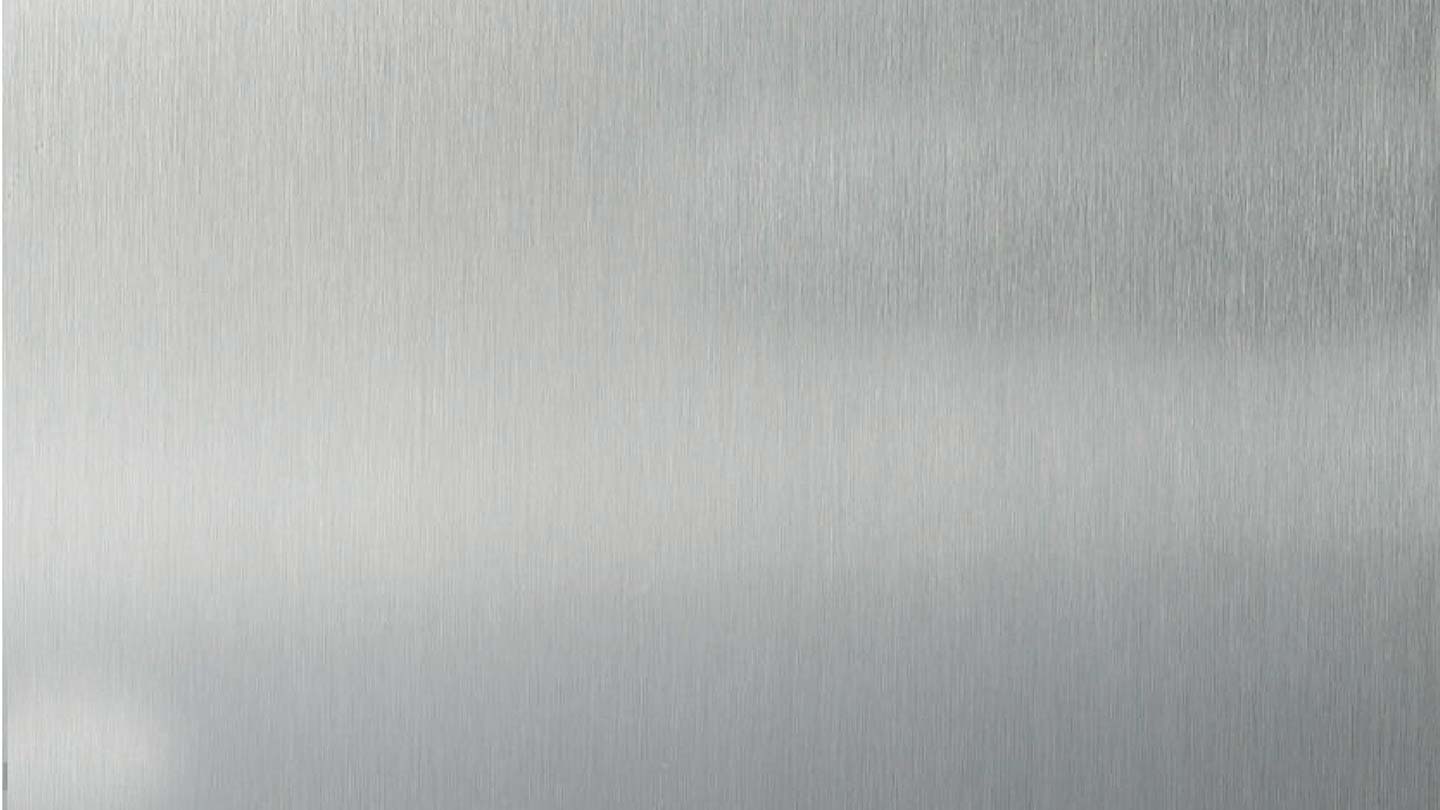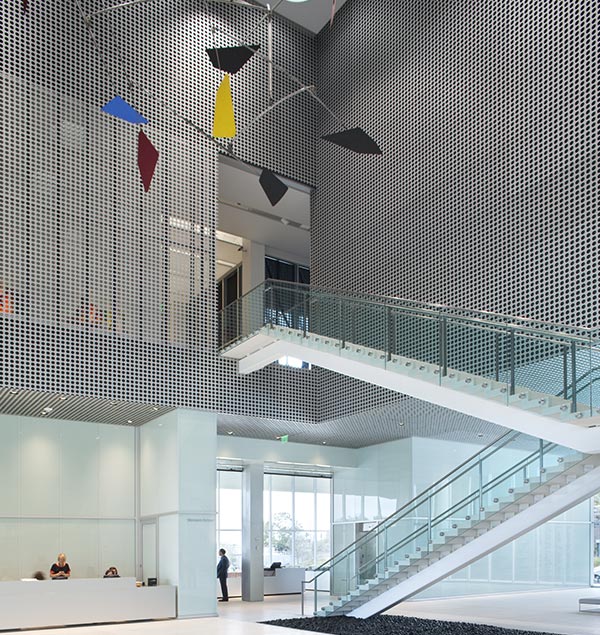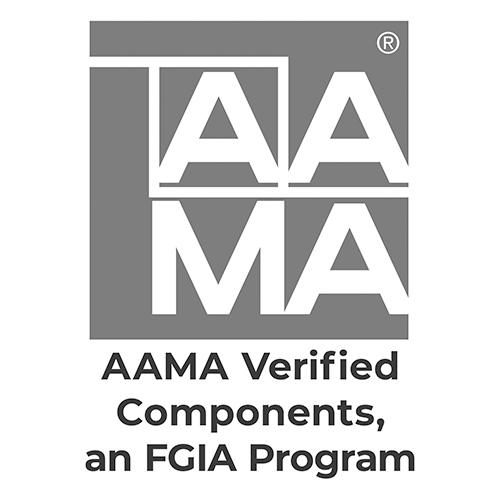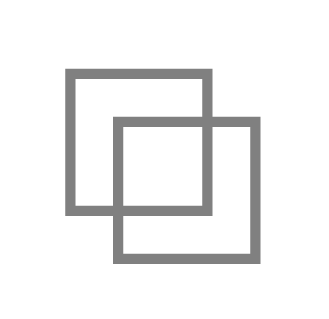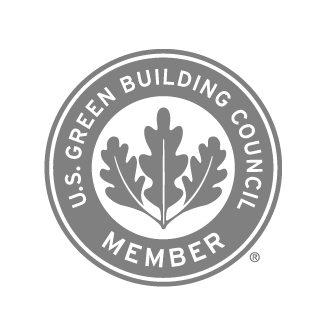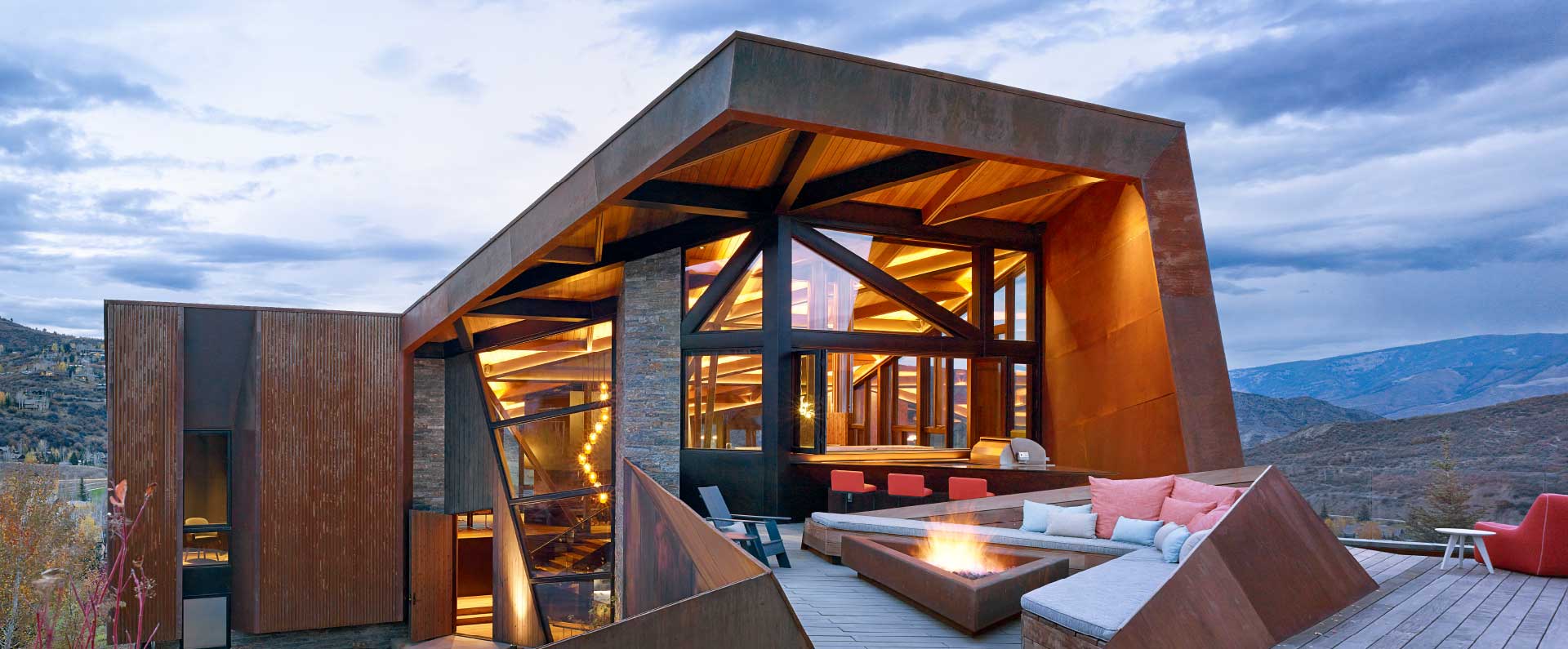CLEANING LINETEC ANODIZED MATERIAL
Cleaning procedures for aluminum should be initiated as soon as practical after completion of installation to remove construction soils and accumulated environmental soils and discolorations.
selecting a cleaning solution
Much like painted surfaces, an anodized finish should be cleaned using mild soap solutions to retain its original beauty. Products that are safe for use with bare hands including most commercial cleaning products can be safely used. The cleaning solution should be applied with a soft cloth, sponge or brush. Avoid the use of strong acid or alkali cleaners.
Cleaning work should start at the top of the building and proceed to the ground level in a continuous drop. Using a forceful water spray, an area the width of the stage or scaffolding should be rinsed as cleaning proceeds from the top down.
Because surface soils may be light or heavy, several progressively stronger cleaning procedures may be employed depending of the severity and tenacity of the soil. Only trial and simplest procedure to remove the soil is the one that should be used.
light soil removal
For light soils, the simplest procedure is to flush the surface with water using moderate pressure. If soil is still present after air-drying the surface, scrubbing with a brush or sponge and concurrent spraying with water should be tried. If soils still adhere, than a mild detergent cleaner should be used with brushing or sponging. Washing should be done with uniform pressure, first horizontally then vertically. Following the washing the surfaces must be thoroughly rinsed by spraying with clean water.
If it is necessary to remove oil, wax, polish, or other similar materials, MEK or an equivalent solvent is recommended for clean-up. Extreme care must be exercised when solvents of this type are used since they may damage organic sealants, gaskets and finishes. These solvents should never be used on anodic finishes protected by clear organic coatings unless the organic coating has deteriorated and should be removed.
HEAVY soil removal
Removing heavy surface soils may require the use of an abrasive cleaning pad. In this procedure the pad is thoroughly soaked with clean water or a mild detergent cleaner and the metal surface is hand scrubbed with uniform pressure. Scrubbing action should be in the direction of the metal grain. Scrubbing with a nylon-cleaning pad impregnated with a surface protectant material is also recommended for removing stubborn soils and stains. After scrubbing, the surface should be rinsed thoroughly with clean water to remove all residues.
In some circumstances it may be desirable to wipe the surface with a solvent. The surface is then permitted to air dry or is wiped dry with a chamois, squeegee or lint-free cloth.
unusually heavy soil
Using power-cleaning tools may be necessary to remove unusually heavy soils from large areas including panels and column covers. When using such tools, the surface must be continually flushed with clean water or a mild detergent cleaning solution to provide lubrication and a medium for carrying away the dirt. After an area has been machine scrubbed, it must be rinsed with clean water and thoroughly scrubbed with a fairly stiff bristle brush. The surface may then be air dried or wiped dry.
